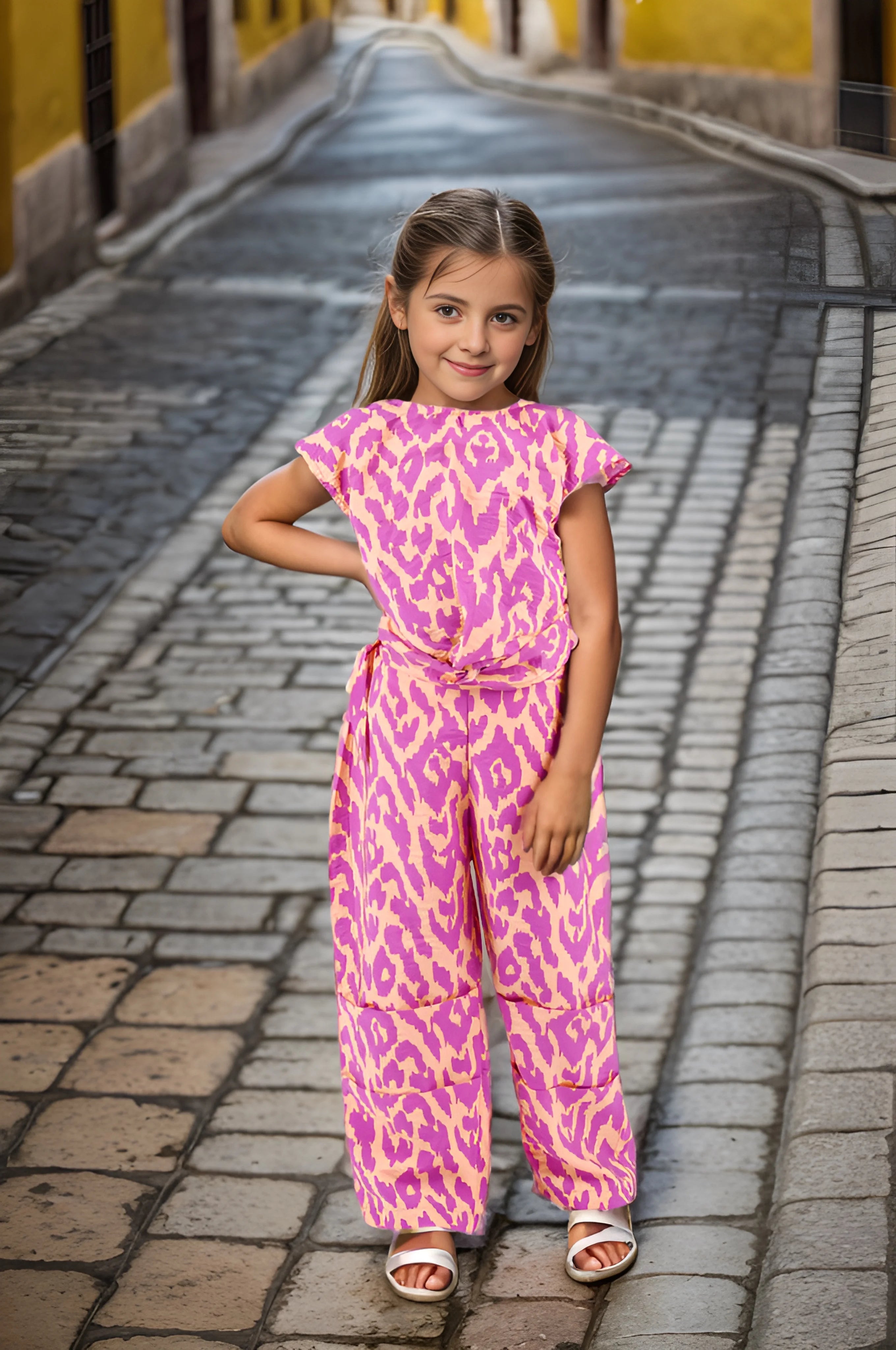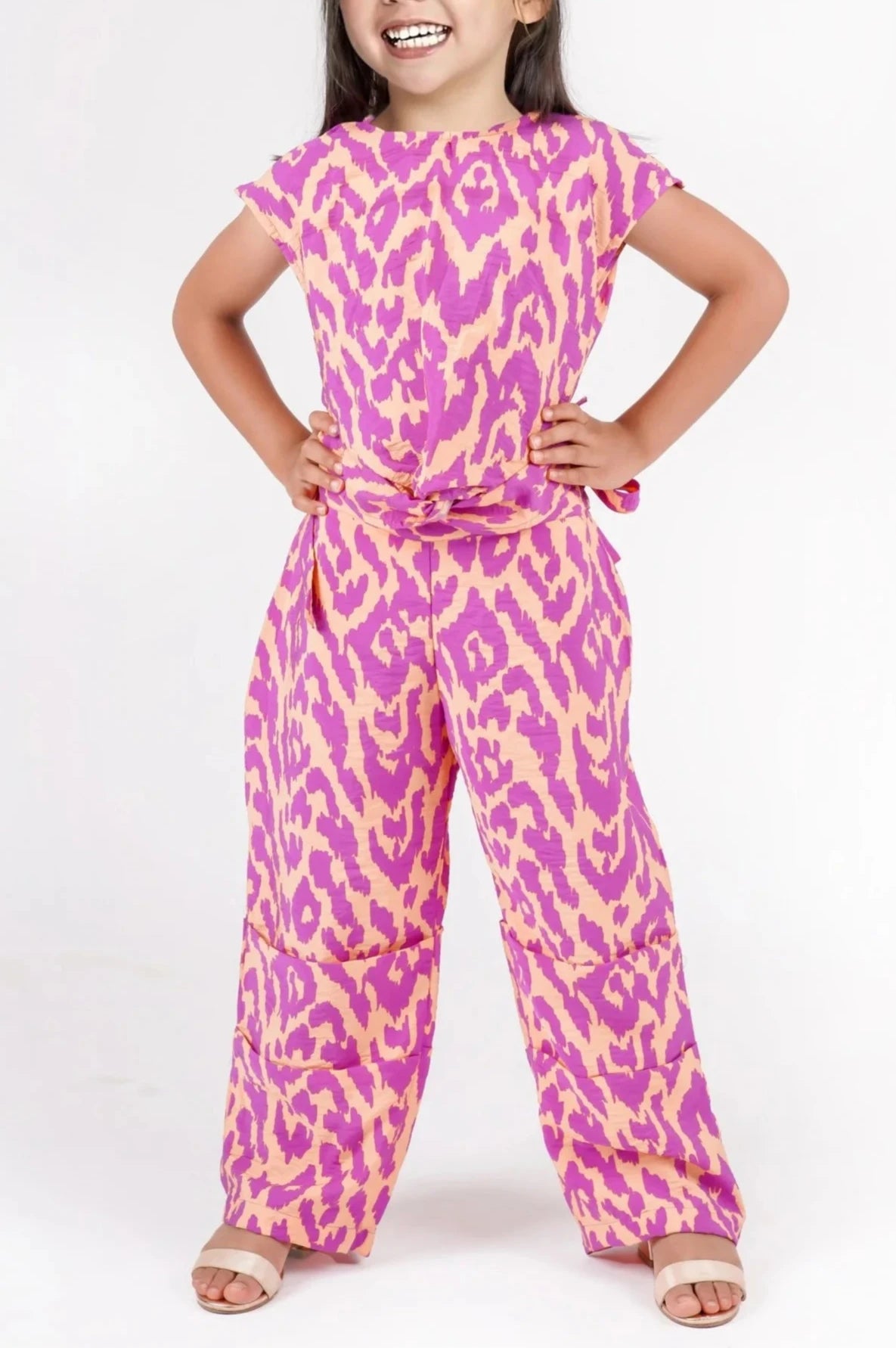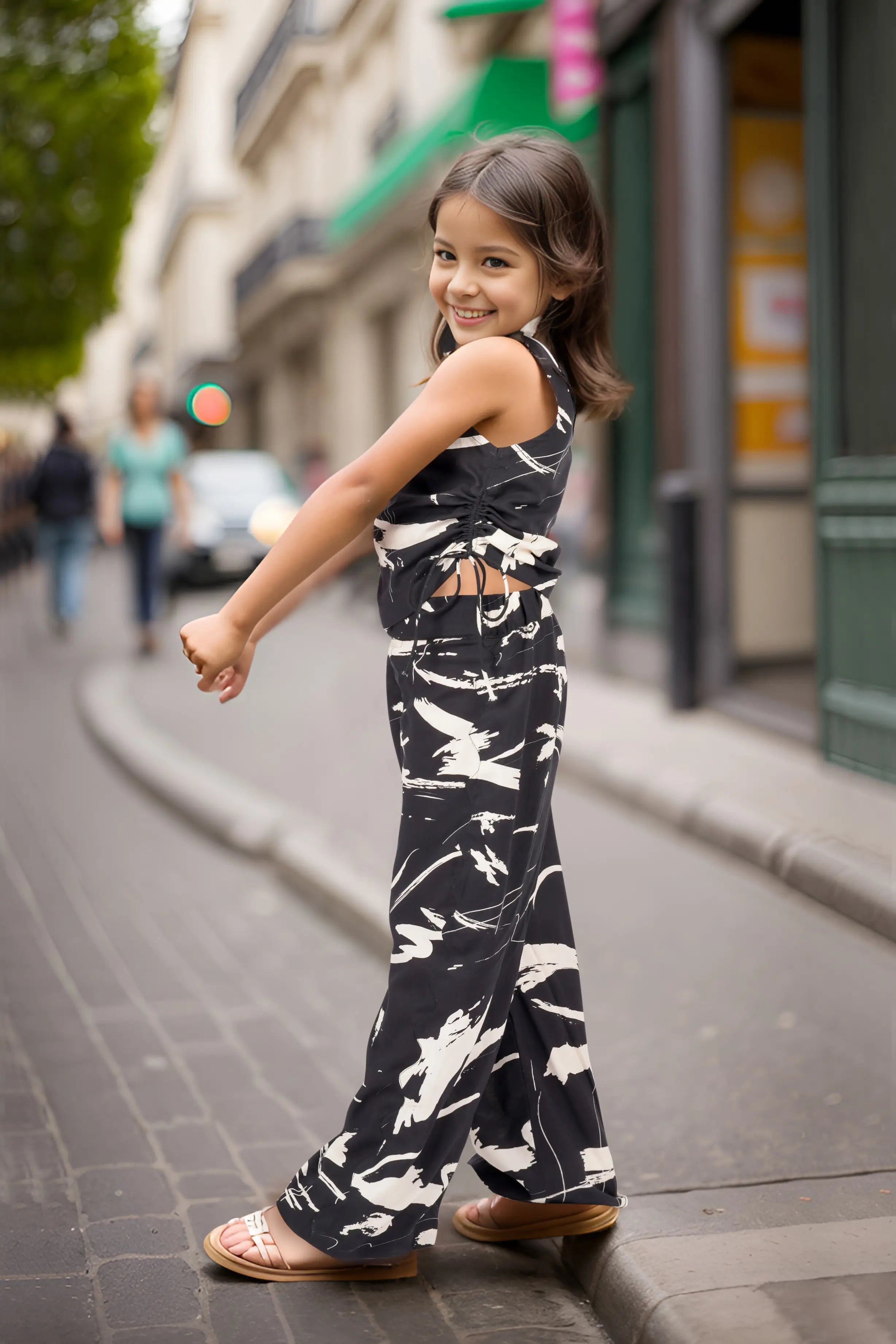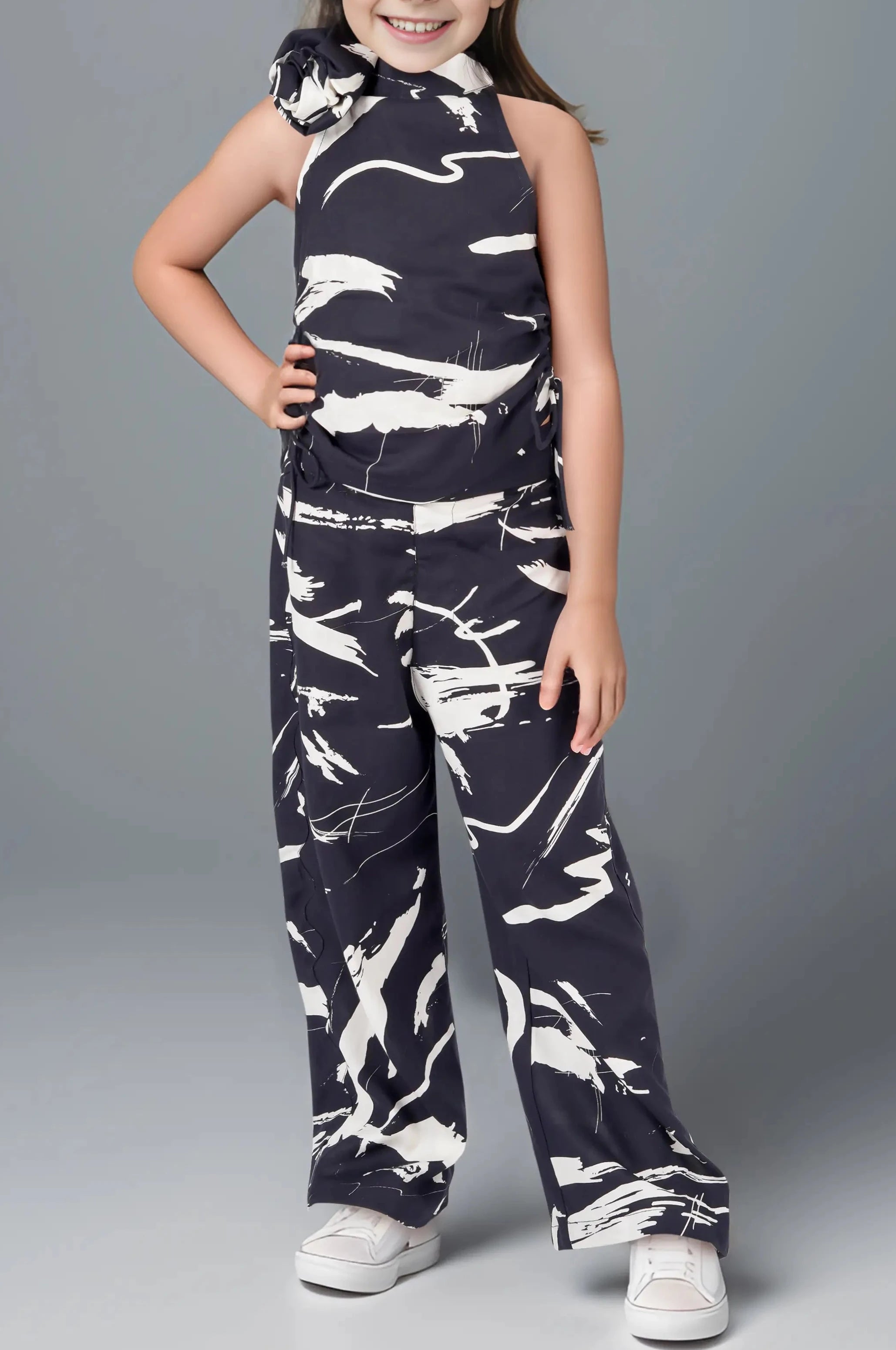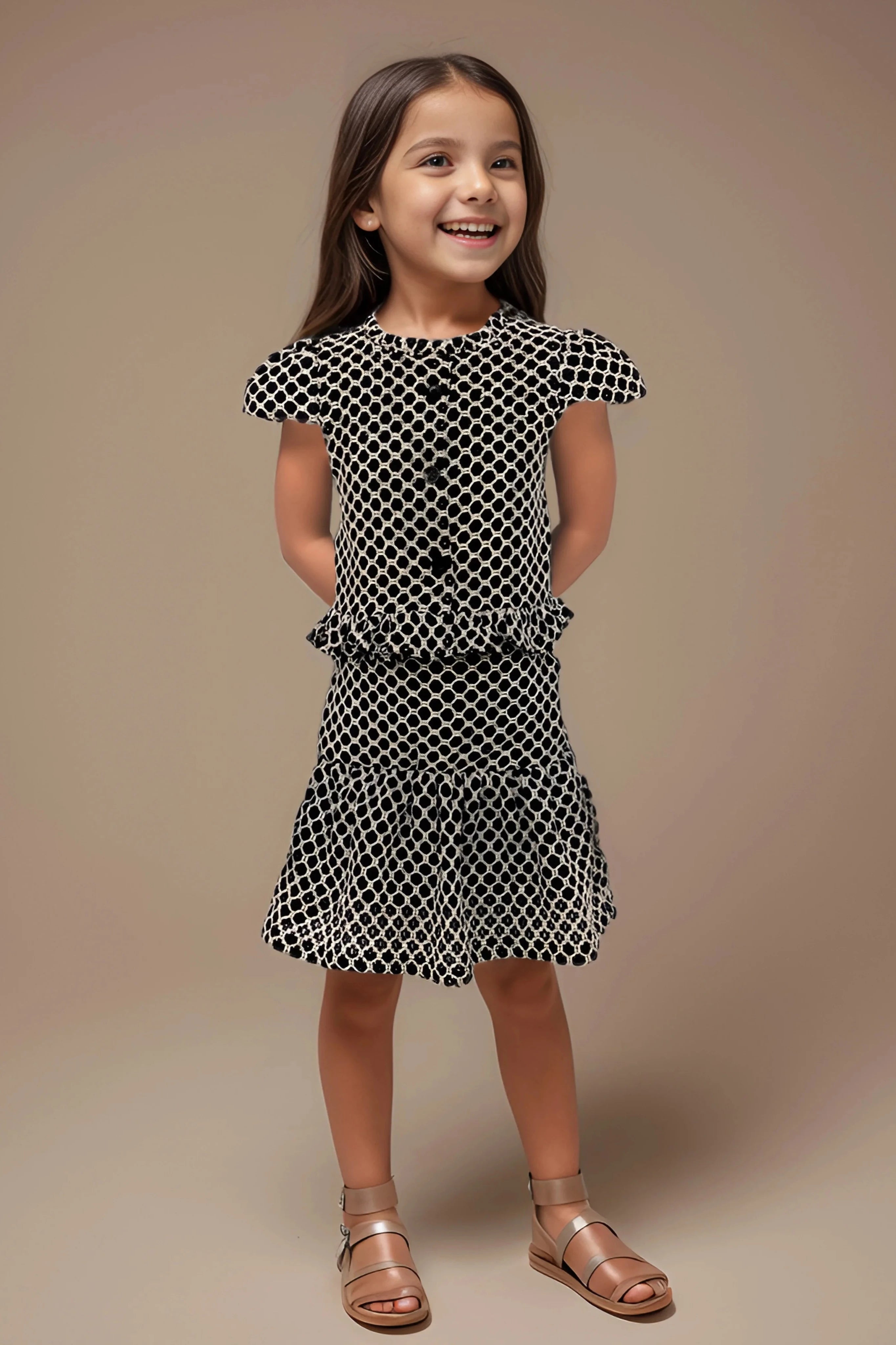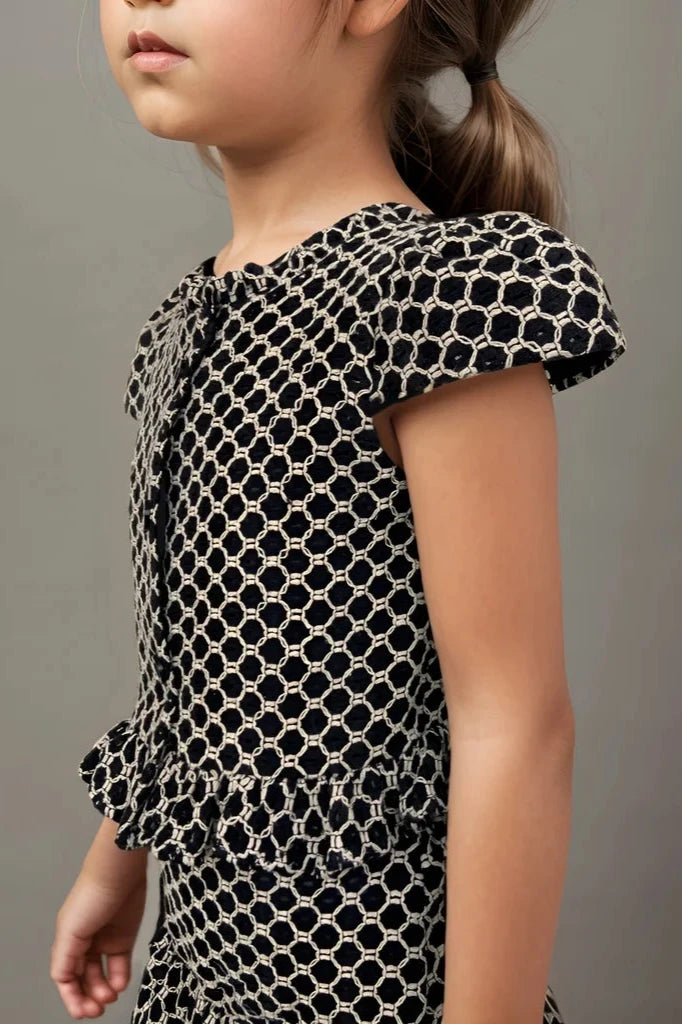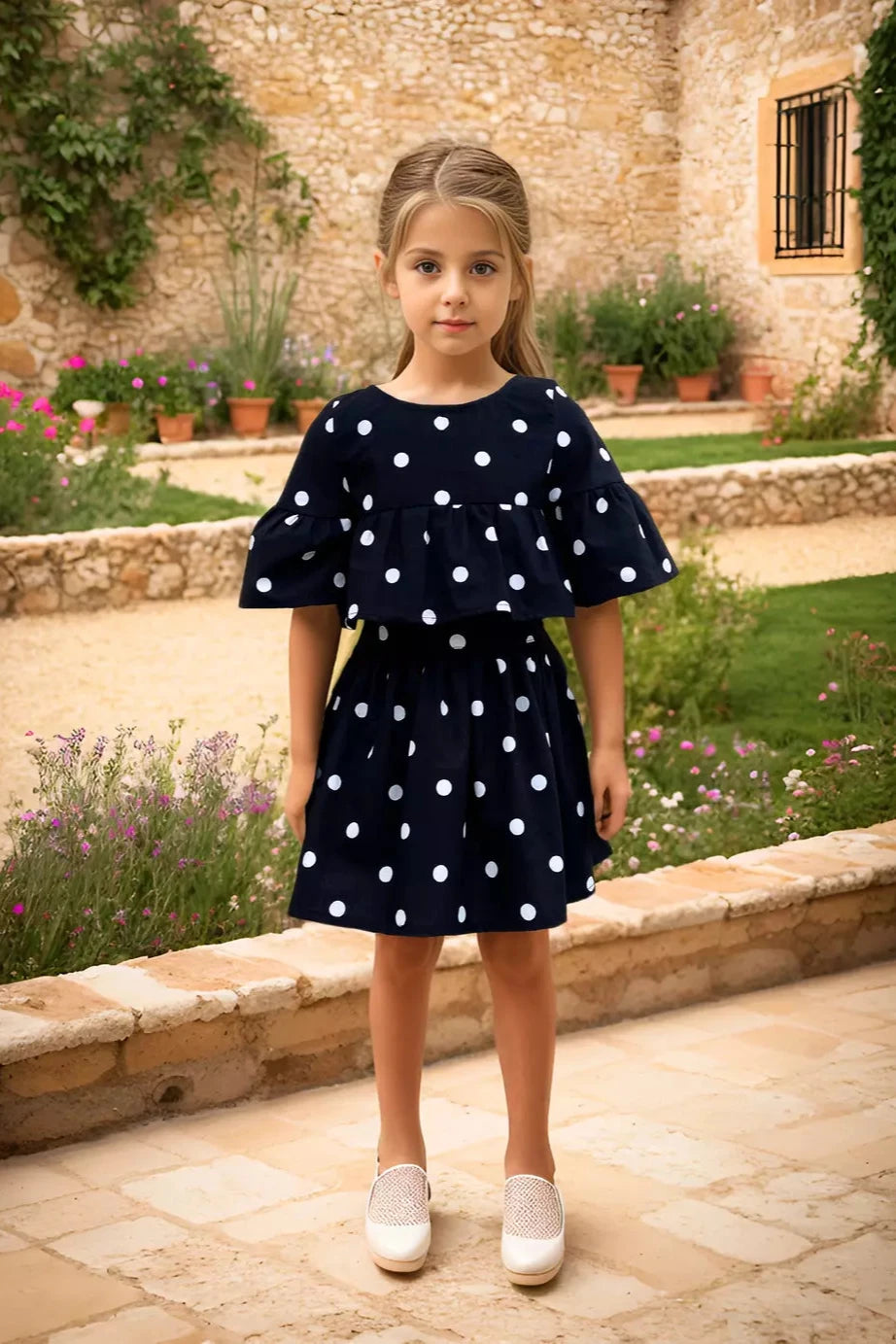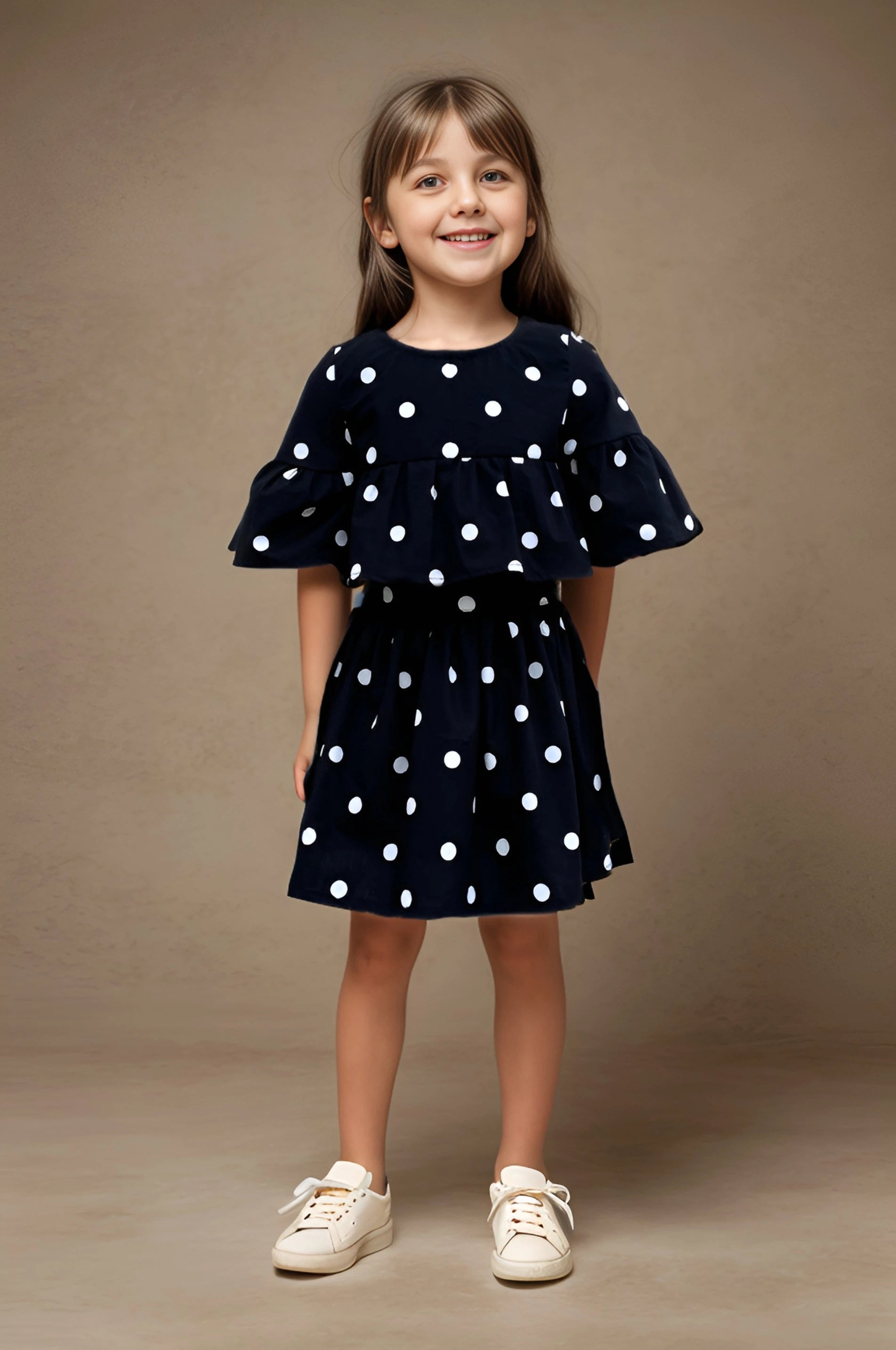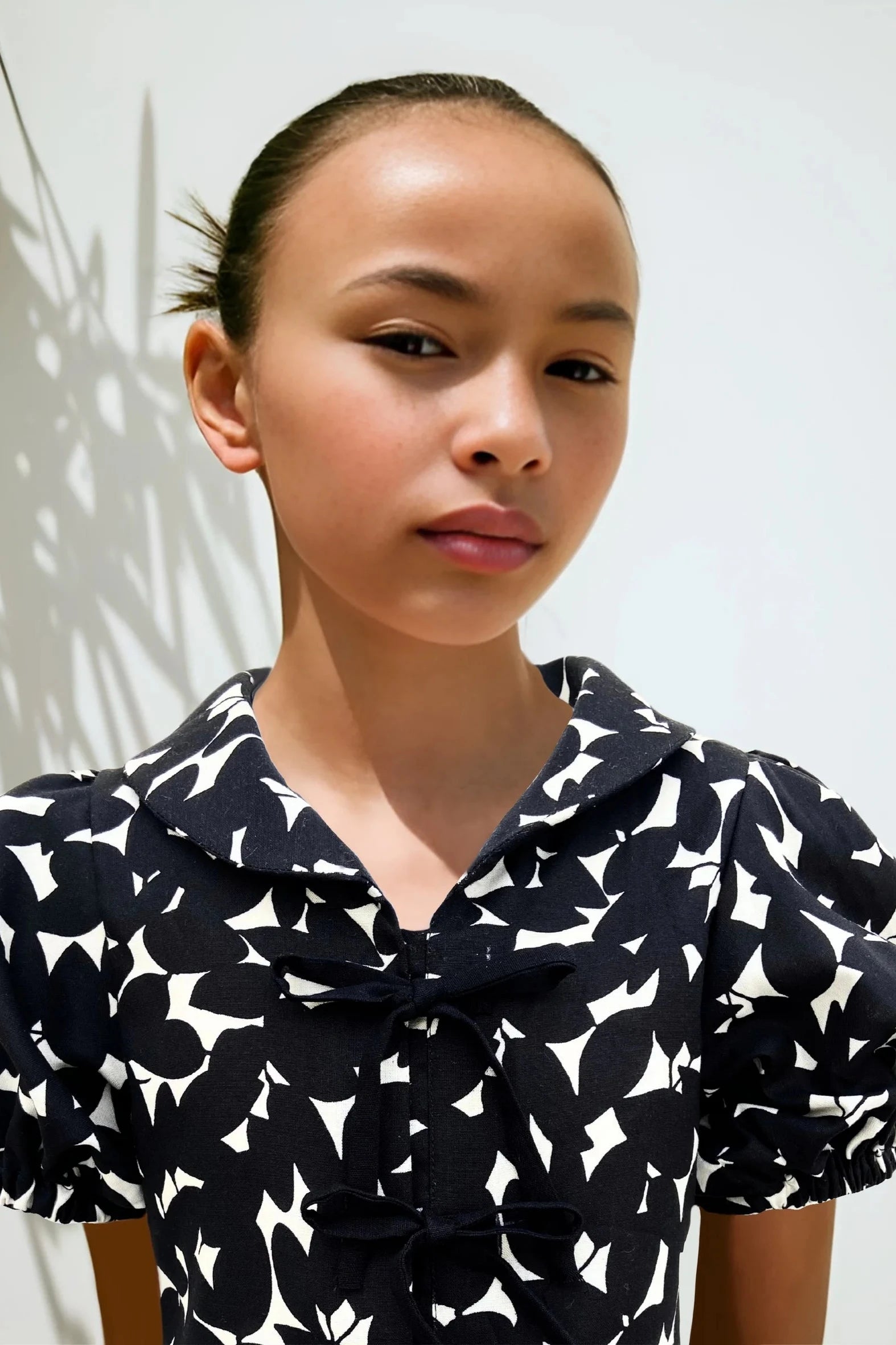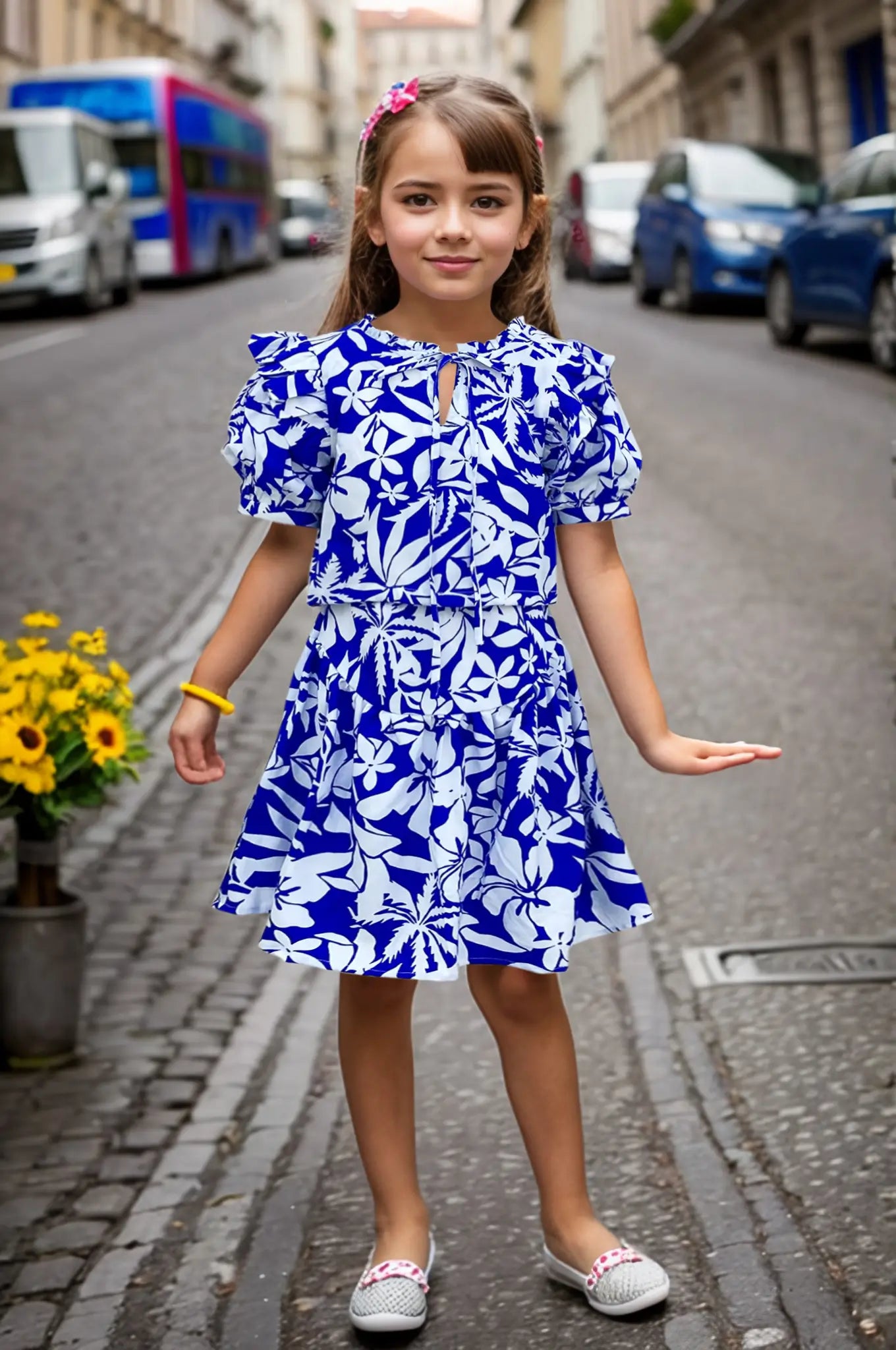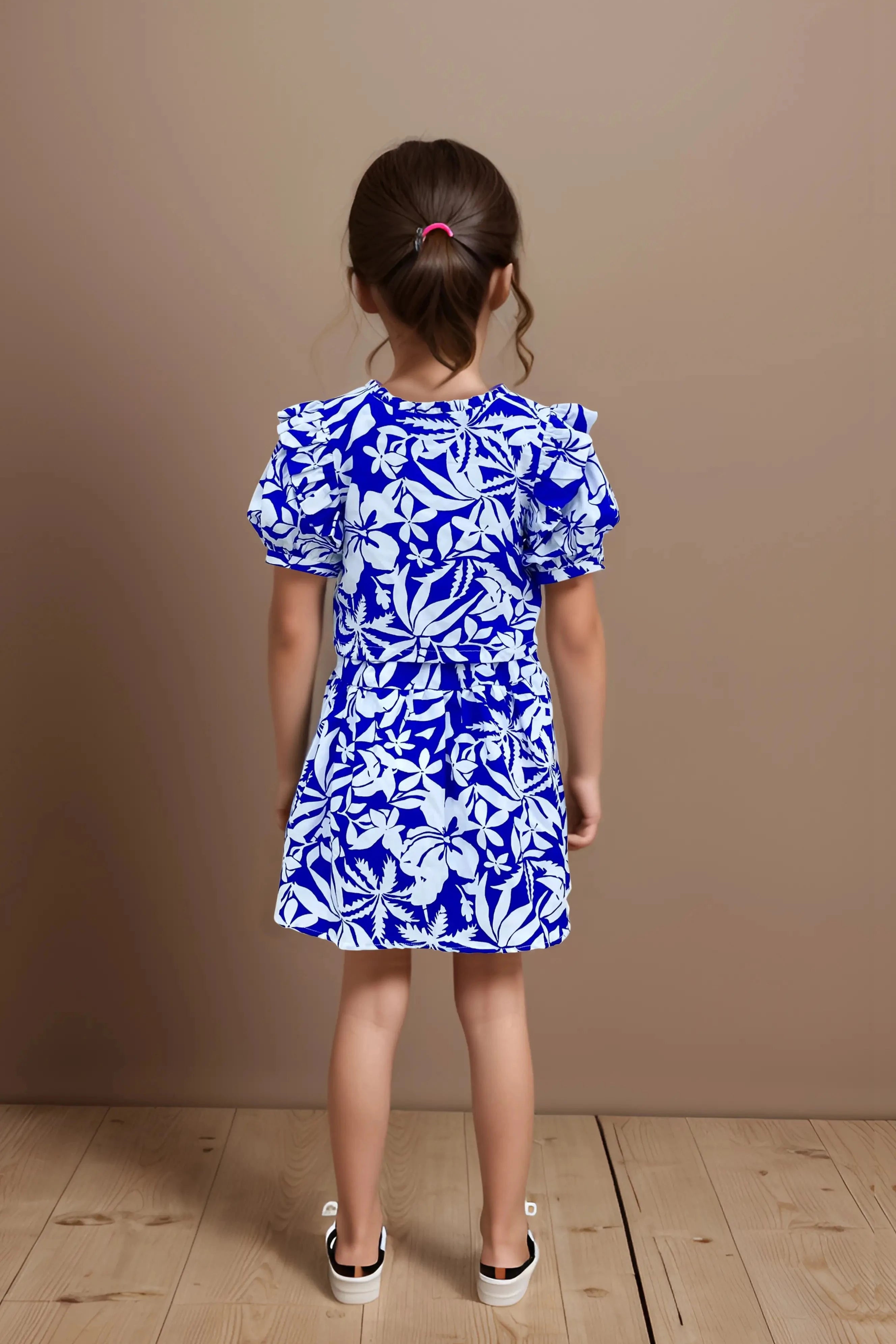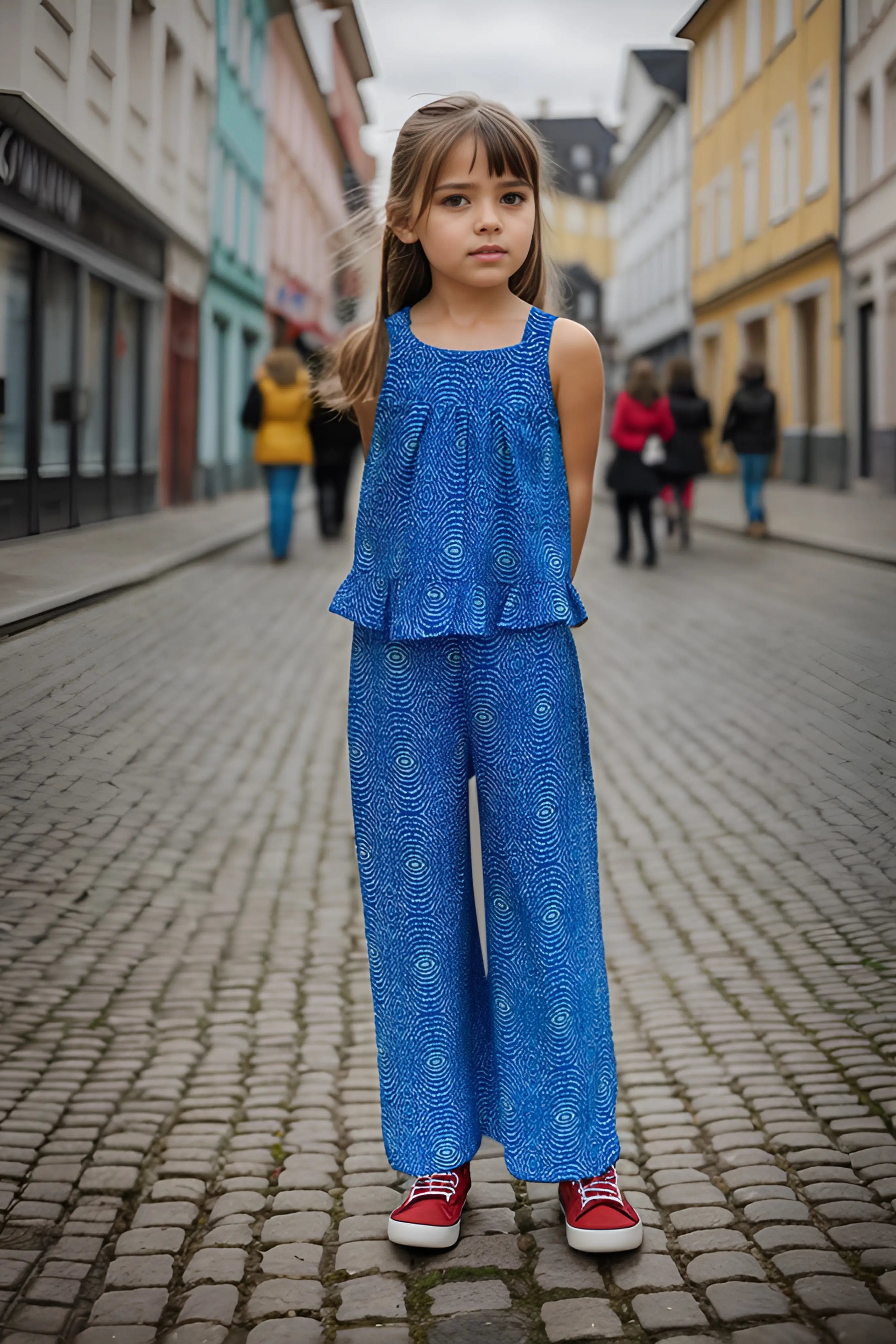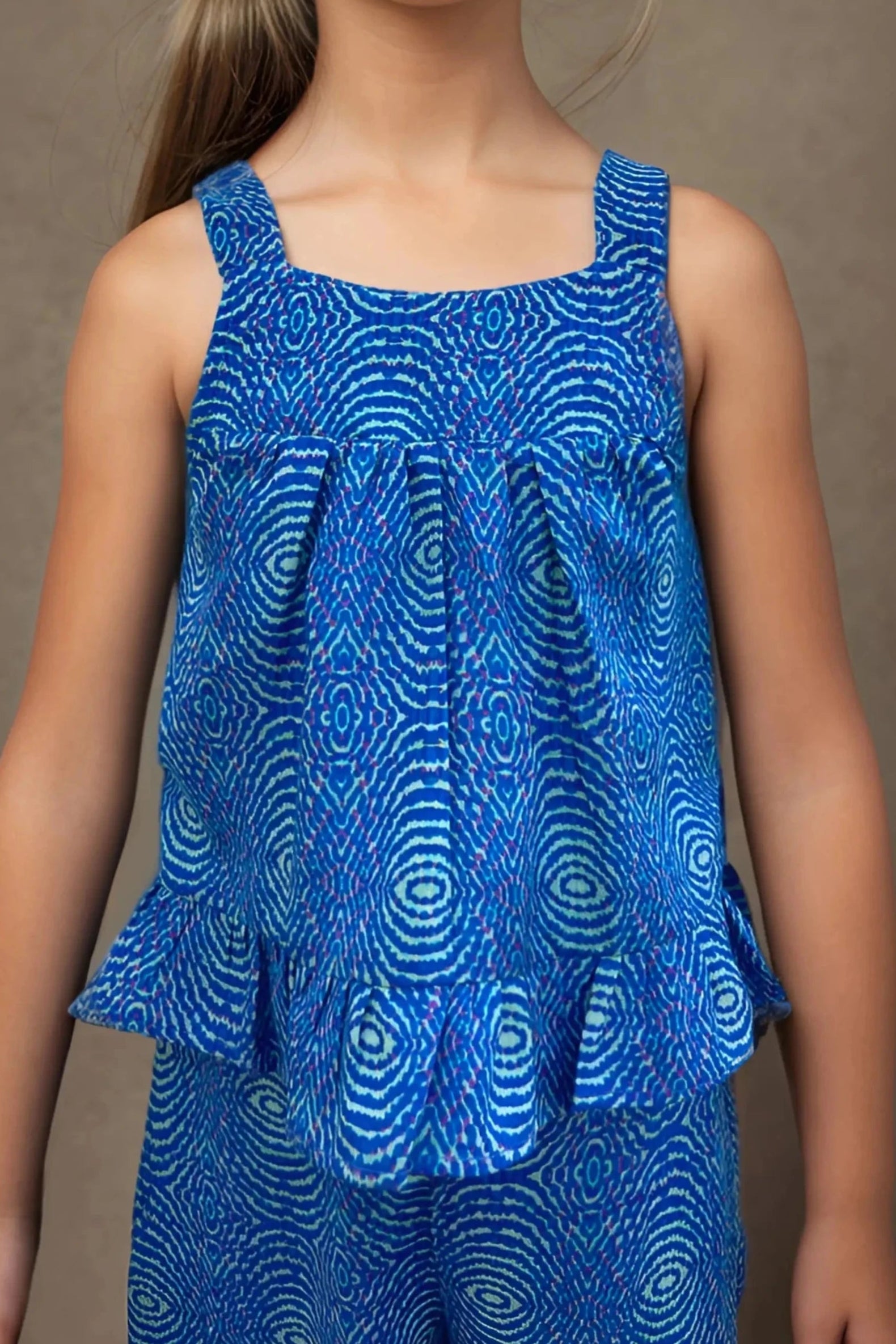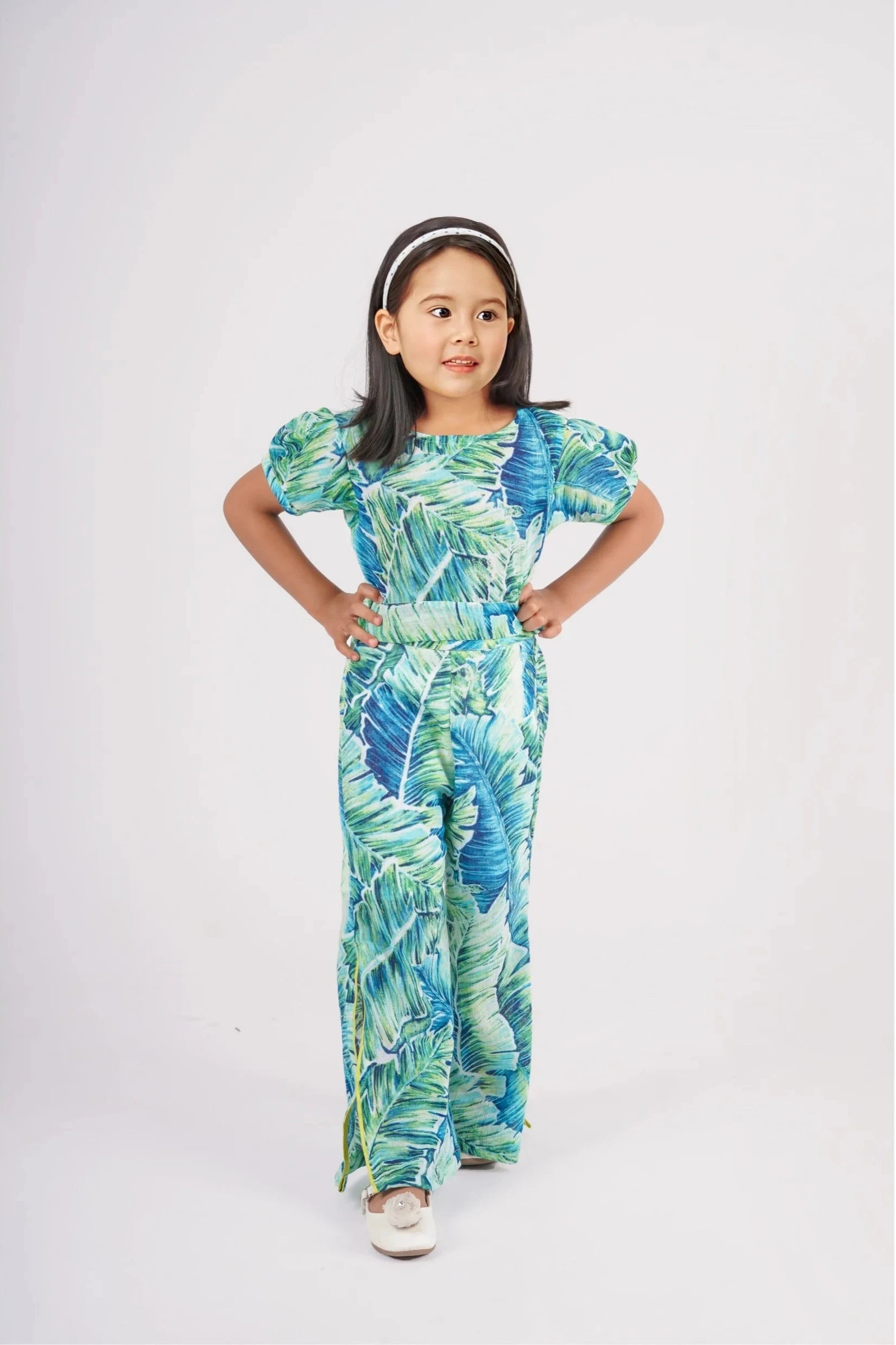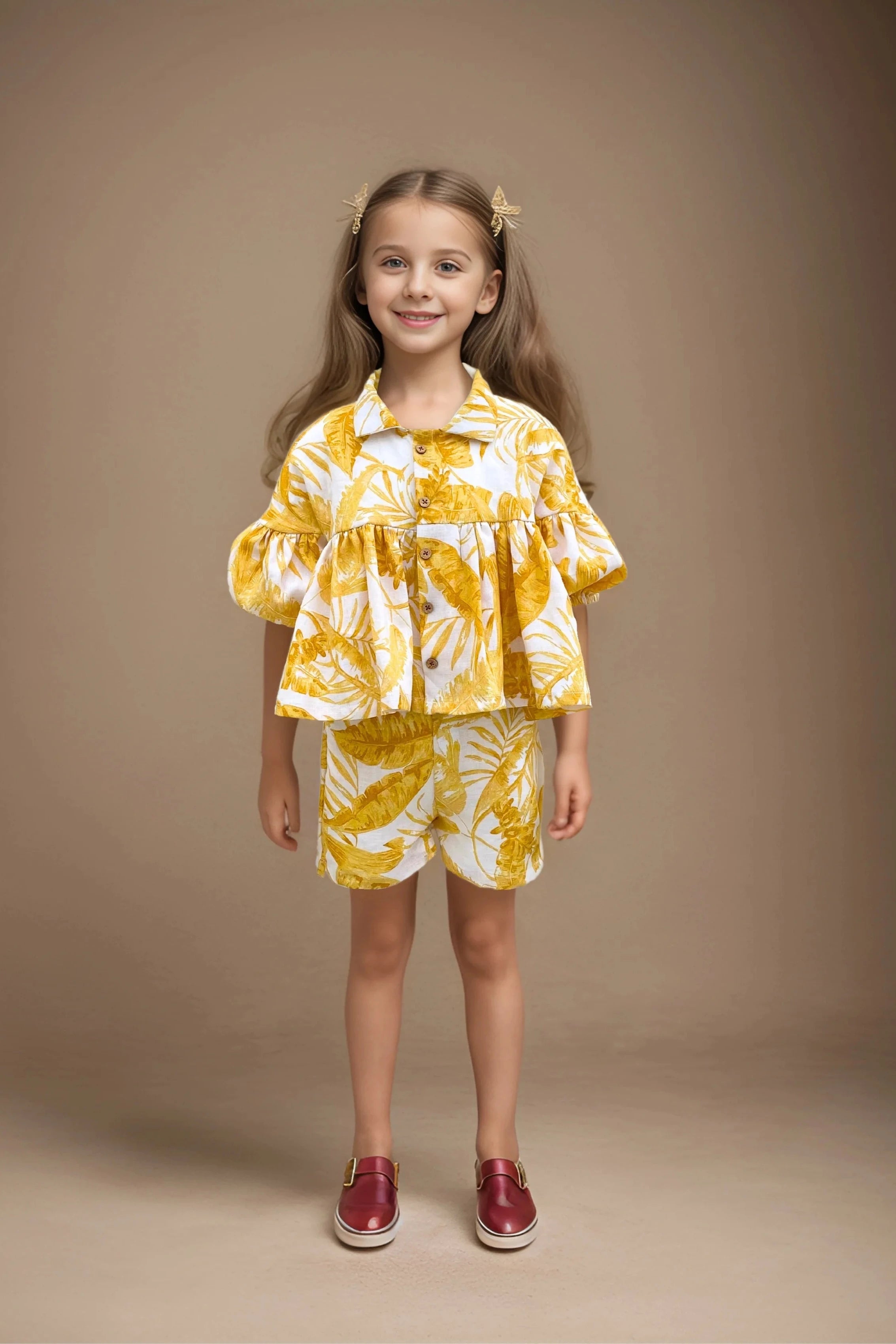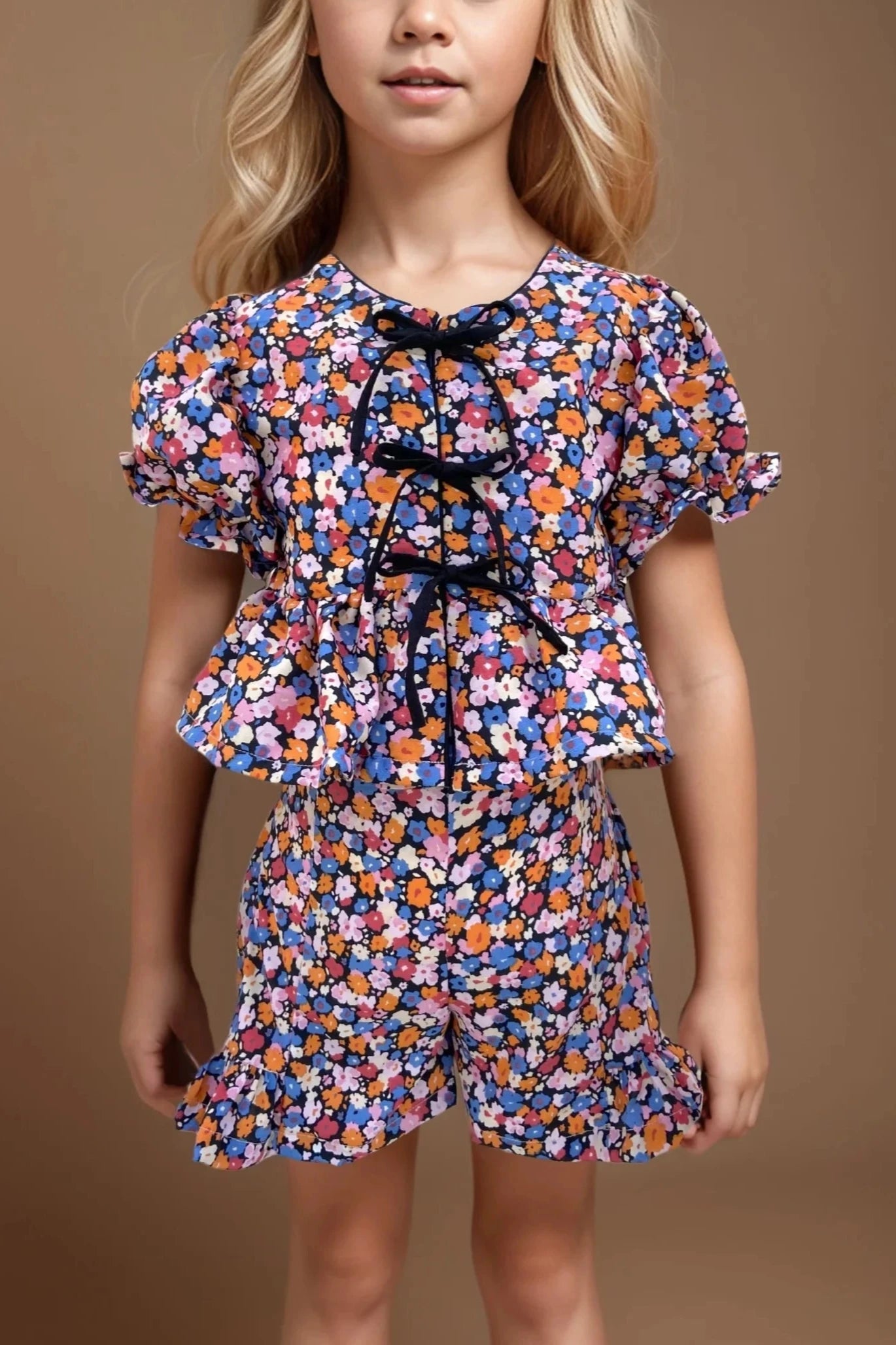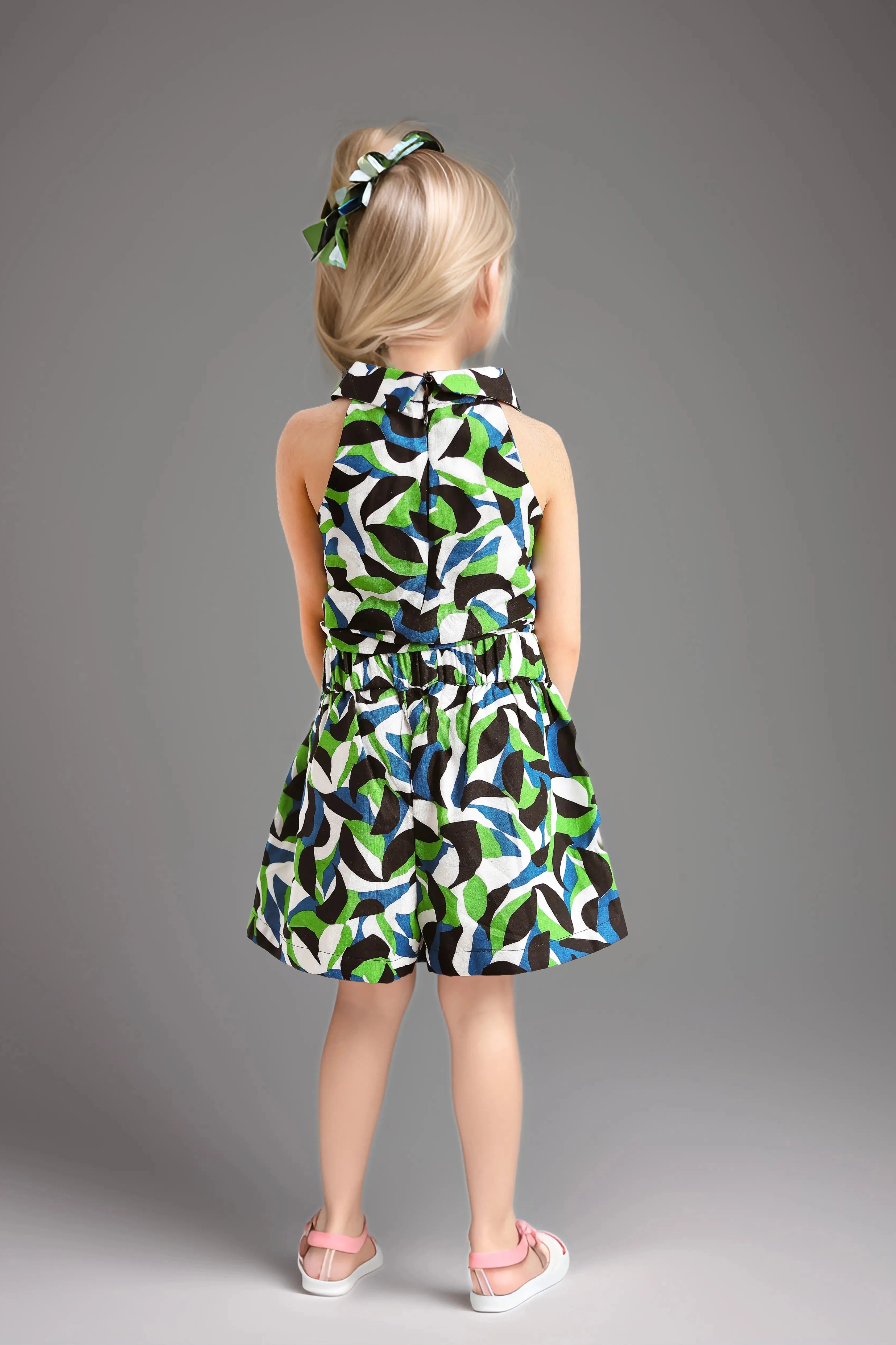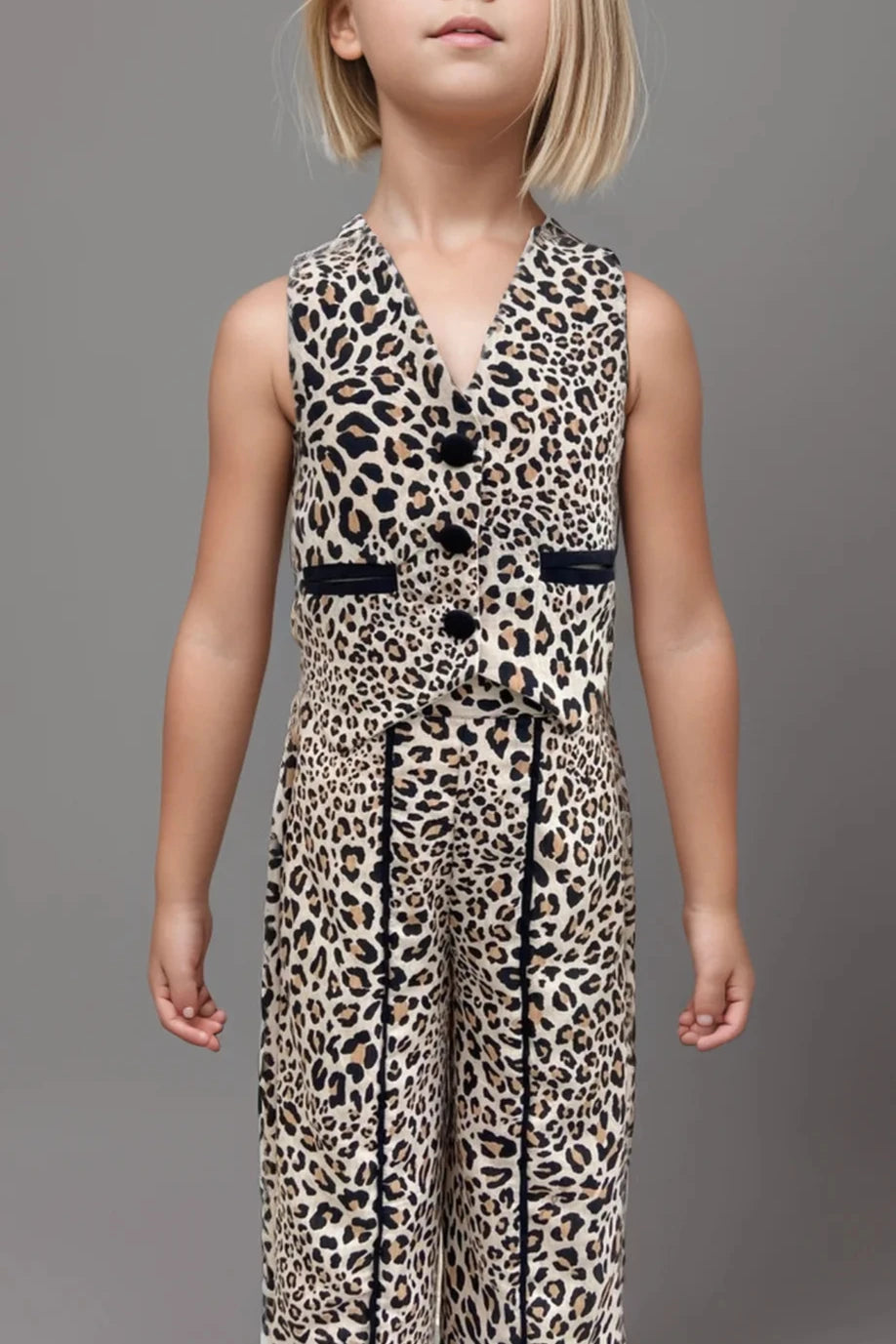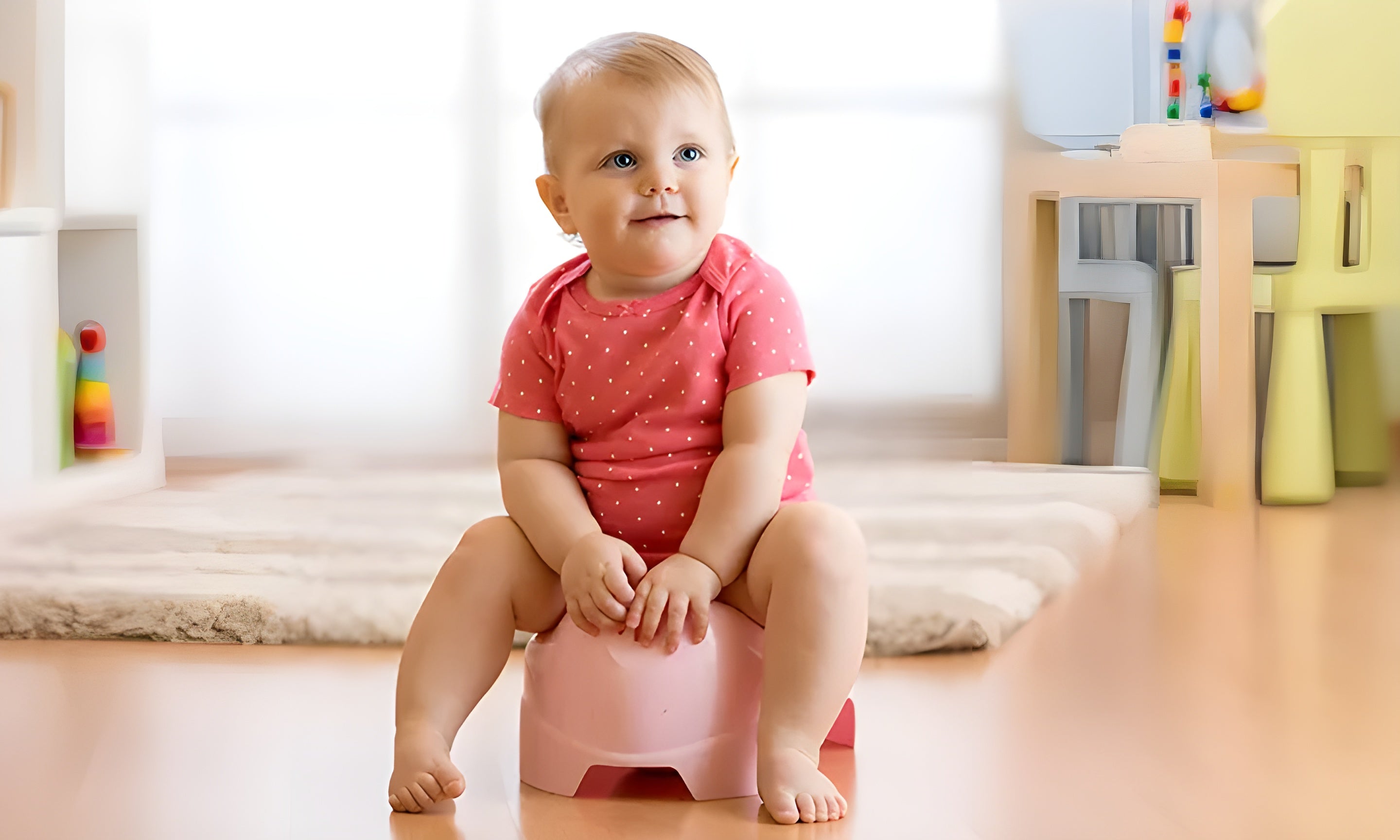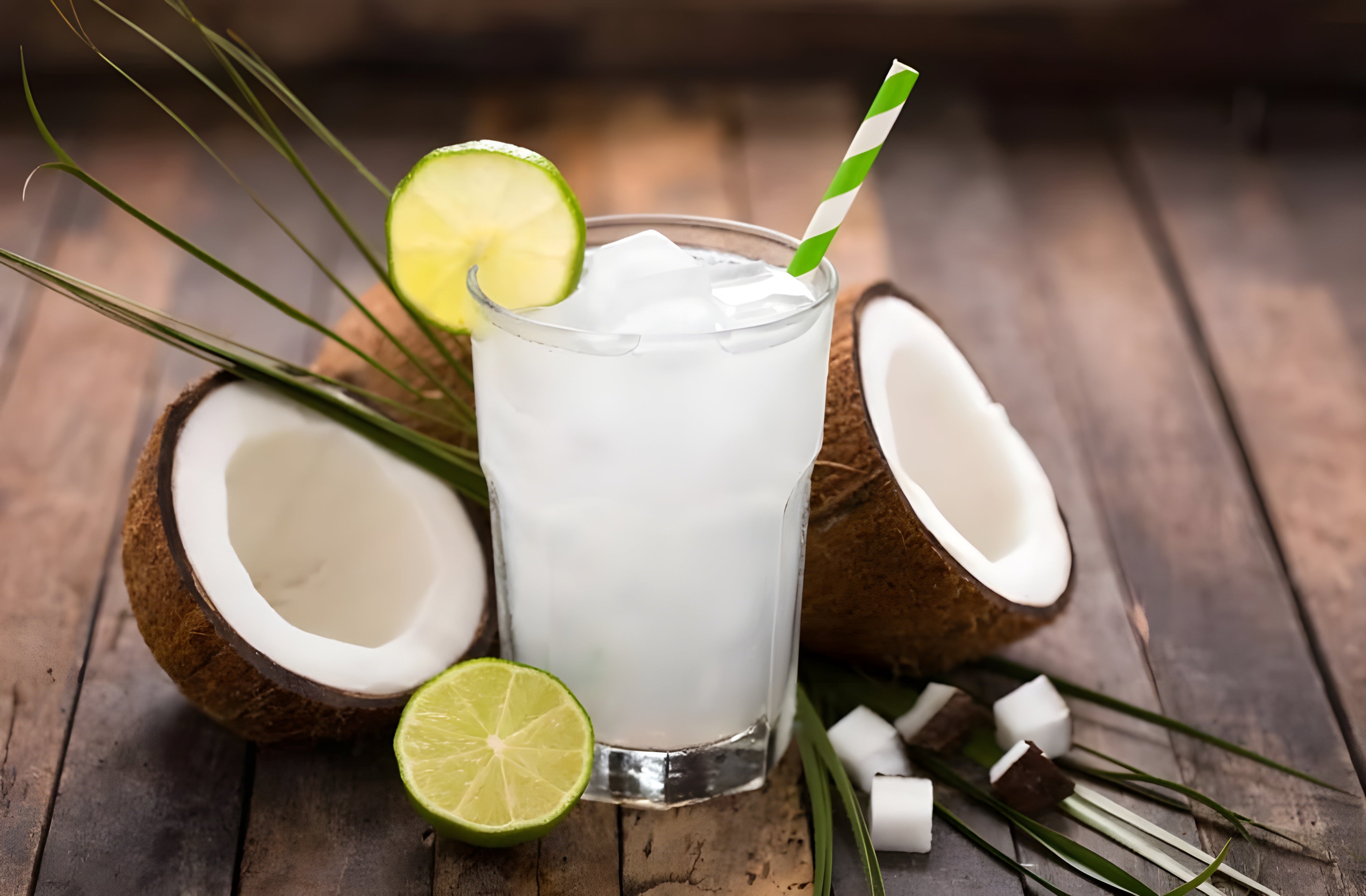Dealing with Infant Jaundice: A Parent's Guide
The yellow colour on the skin of many newborns is called jaundice. The accumulation of bilirubin in your baby's blood is what causes jaundice. It occurs as a result of their livers not developing sufficiently to eliminate the bilirubin. The majority of the time, jaundice goes away on its own. Babies may require phototherapy treatment at times.

What is jaundice in newborns?
Newborn jaundice refers to the yellowing of the baby’s skin. When bilirubin accumulates in your baby's blood, jaundice happens. This condition is known medically as hyperbilirubinemia.

Your body produces bilirubin, a yellow substance, when red blood cells degrade. To protect your unborn child, your liver eliminates bilirubin during pregnancy. However, your baby's liver needs to start eliminating bilirubin after birth. Your baby's liver might not be able to eliminate bilirubin if it isn't developed enough. A build-up of excess bilirubin can give your baby's skin a yellow appearance. Baby jaundice is a common occurrence. Experts conclude that jaundice seems to have become very common amongst new born kids. Although, it shouldn't be taken lightly and given immediate medical attention.
Different types of new born jaundice
There are a few different types of jaundice observed in new born.
Physiological jaundice
Physiological jaundice is the most typical kind of jaundice in newborns. This is a typical case of jaundice. Most newborns experience physiological jaundice by their second or third day of life. Your baby's liver will begin to eliminate excess bilirubin once it has developed. Usually not serious, physiological jaundice resolves on its own in two weeks.
Breastfeeding Jaundice
Breastfed babies are more likely than formula-fed babies to experience jaundice. Jaundice from breastfeeding usually develops in the first week of life. It occurs when your infant isn't receiving enough breast milk. It may happen because you're having trouble nursing or because your milk hasn't arrived yet. Jaundice from breastfeeding may take longer to clear up.
Breast milk jaundice
Breastfeeding jaundice is not the same as breast milk jaundice. The substances in your breast milk can alter the way bilirubin is metabolised by your baby's liver. A bilirubin buildup may result from this. After your baby's first week of life, breast milk jaundice may develop and may take up to a month to go away. If your baby is taking medication for an unrelated condition, they may experience other types of jaundice.
What causes jaundice in new born?
When there is an excess of bilirubin in your baby's blood, jaundice occurs. Your body produces bilirubin as a byproduct of the breakdown of old red blood cells. Bilirubin is typically removed from your blood by your liver. When you poop, your body gets rid of it. It can accumulate if your baby's liver isn't mature enough to eliminate bilirubin. The yellow complexion on your baby is a result of a bilirubin accumulation. In the first few days of life, jaundice typically develops in babies. This is due to the fact that your baby's liver takes a few days to mature and become more adept at eliminating bilirubin.
A baby may experience severe jaundice if they have:
- a sepsis, or blood infection.
- not the same blood type as you.
- bruises from a challenging birth.
- Red blood cells in excess.
- low oxygen saturation (hypoxia).
-
a disorder of the liver, like biliary atresia.

How is jaundice in newborns treated?
In most cases, jaundice in newborns doesn't require medical attention. Jaundice that is mild usually goes away on its own as your baby's liver develops further. This may require a week or two. Frequent feedings (10–12 times a day) may promote bowel movements in your infant. This aids in your baby's body's removal of extra bilirubin.
Your baby's doctor might advise phototherapy treatment if their bilirubin level is high or keeps rising. Your baby will be undressed and put under special blue lights for phototherapy. All they will have on is a mask to shield their eyes and a nappy. Phototherapy aids in the liver's removal of excess bilirubin in your baby.

The baby won't be harmed by the lights. A phototherapy session lasts between one and two days. You might be able to use light therapy at home to treat your child if their bilirubin levels aren't too high.
In the rare event that phototherapy is ineffective, the doctor treating your child might suggest an exchange transfusion. A portion of your baby's blood is replaced with brand-new, donated blood during an exchange transfusion. Read more :
https://qr.ae/pKzD97
Stay connected with us for the latest updates and valuable insights. Follow us on Instagram for more information: @safehugskidswear.
Find one stop solution to all your parenting problems here. Your journey with us is just the beginning and we’re excited to share it with you!
Happy Parenting!!!

